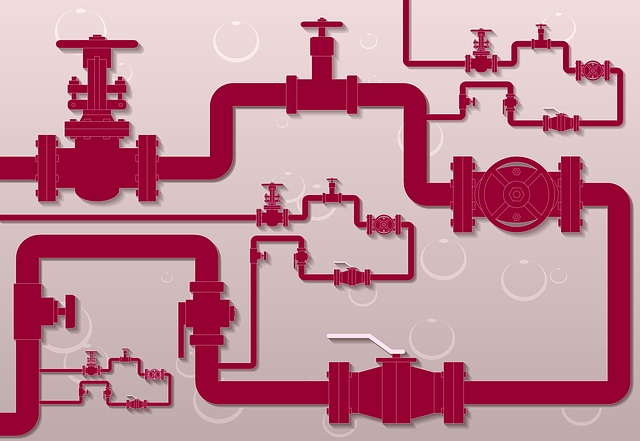The Difference Between A Butterfly Valve and Gate Valve
09-06-19

Difference Between Butterfly Valves and Gate Valves
Two of the most popular valves on the market today are butterfly valves and gate valves, so let’s explore what each type can do and what makes them such effective tools.
Gate valves
As the name implies, the main function of a valve is as a gatekeeper. The gate is the main part of gate valves. A movable gate within the valve allows flow or blocks it. This movable gate is controlled by a mechanical assist such as a screw or lever, which lifts or lowers the gate within.
Gate valves come in many shapes and sizes but tend to be large. Think of the valves controlling flow of water in main water supply pipes. In spite of their sometimes prodigious size, gate valves are designed to be controlled by a single individual.
Butterfly valves
A close cousin of the gate valve, and an ingenious variation, a butterfly valve can also come in many shapes and sizes. Such a valve also functions by using an internal gate. The difference between this and a gate valve is in the way the gate operates within the valve.
Unlike the gate valve, the gate within the butterfly valve remains fixed and swivels around an internal axis. The shape of the internal gate swiveling is the origin of the butterfly name.
The butterfly valve has the same function as the gate valve, which is allowing and blocking flow. There are, however, some advantages and disadvantages to both types of valves, and it’s important to keep that in mind when choosing either valve.
Advantages and Disadvantages of Butterfly and Gate Valves
- Pressure differential: gate valves are generally better than butterfly valves at performing under pressure. Their construction means that flow can keep going without creating any undue pressure fluctuations. And their use doesn’t take much effort.
This is not the case for butterfly valves. Their swivel gate construction means that the holding gate is exposed to greater degrees of pressure differentials. This translates into greater strength needed to operate a butterfly valve. And this is often remedied by using a longer arm to operate larger butterfly valves.
- Wear and tear: gate valves tend to outperform butterfly valves when it comes to durability. The very design of the valve ensures that it doesn’t suffer as much as a butterfly valve when functioning. Even though modern butterfly valves are produced with higher pressure tolerances in mind, the unfortunate truth is that its design guarantees a higher rate of wear. Whether the valve is being opened or closed, its seal is always in direct exposure to flow velocity, unlike the gate valve. Once activated, parts of the gate valve are exposed to flow for very short bursts of time.
- Safety: this depends on the use of the valve and the pressures it may face. A skilled engineer that understands what these valves can and cannot do can avoid this issue altogether. That being said, it is important to understand and accept that butterfly valves weren’t initially designed to deal with high-velocity flow. Indeed 6 m/s is the safest velocity recommended for this type of valve. Anything above exposes the butterfly valve to dangerous pressure differentials that can accelerate wear and tear and may lead to premature failure and accidents.
- High pressure drop: another issue affecting butterfly valves is the drop of pressure as it is released. Today’s insistence on maintaining high pressure throughout a system to save energy is one of the reasons that gate valves and other alternatives are coming back into fashion.
- Cost: butterfly valves tend to be cheaper than gate valves.
- Size: butterfly valves are smaller and more compact. Generally, this allows them to be more versatile in their use than gate valves.
Both valves are destined to function as a conduit of flow and not as a regulator. Neither is designed to be used continuously. Once they are released, the flow is unregulated.
At Everlasting Valve Company, we take great pride in bypassing many of the issues faced by both types of valves. We achieve this with the help of our original and patented rotating disc technology in our specialty valves.
Our valves not only perform perfectly from the get-go but actually become better over time. By using rotating disc technology, every time that the valve is used, the internal disc within it rotates and re-polishes the interior creating a better seal.
Our valves outperform all others in their tolerance of high pressure and corrosion, with the added ability to regulate flow.
Finally, durability is something that we take very seriously. Our valves are made to work at peak conditions for a very, very long time. Very little maintenance is required. And you can be assured that our valves will not fail on the job.
Get in touch for more information about Everlasting valves and to learn how we can help you provide better efficiency, safety, and productivity for your business.